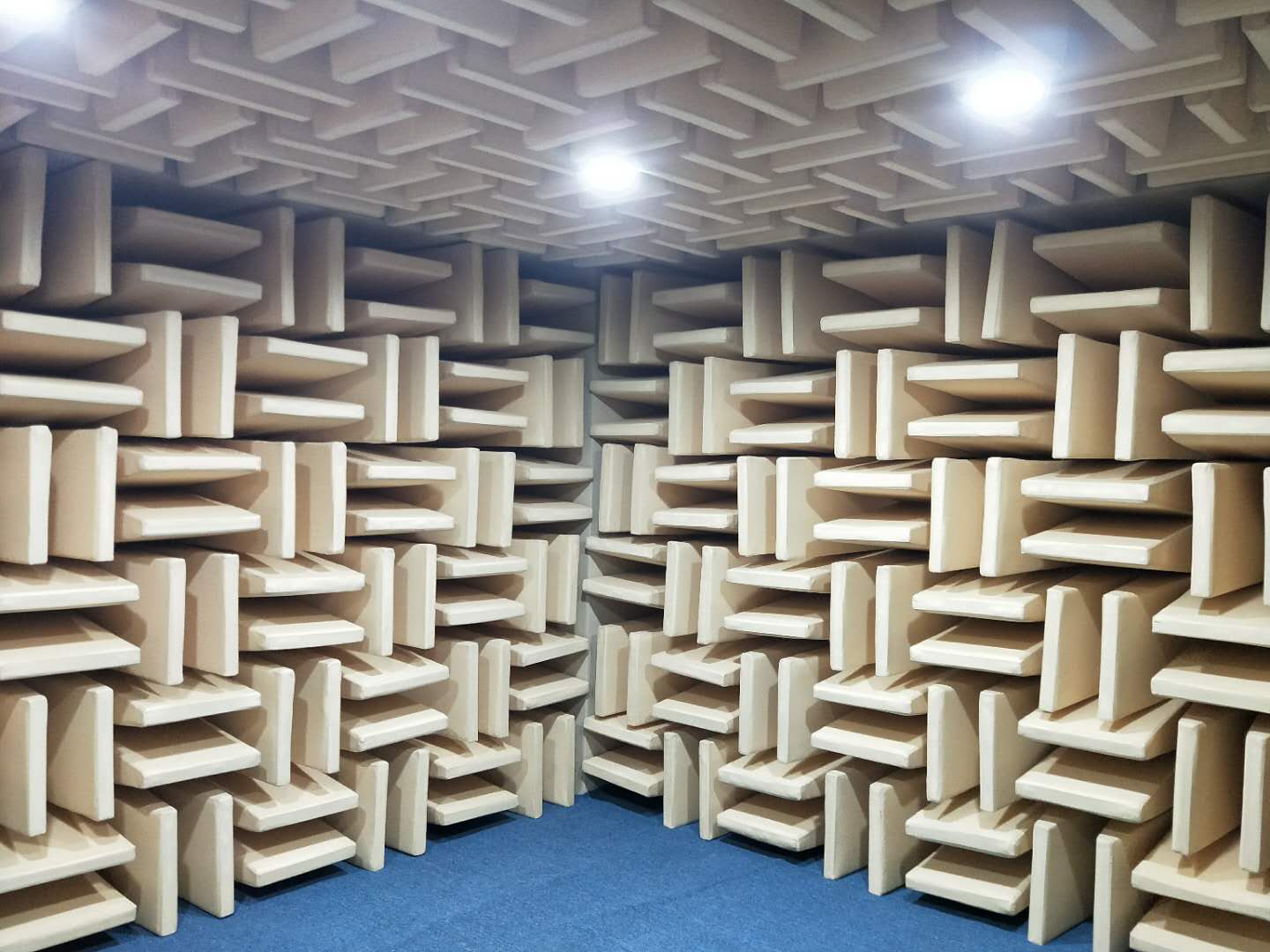The structure of the anechoic chamber should minimize sound reflections to ensure maximum sound absorption in the room. At the same time, the size and requirements of the product under test also need to be considered during structural design.
The sound absorption properties of the material should be able to effectively absorb sound energy and reduce the reflection and transmission of sound.
Ventilation systems should be designed to minimize noise and vibration to maintain a quiet environment in an anechoic room.
The arrangement of equipment should take into account the acoustic properties and avoid sound reflections between equipment or between equipment and walls.
The sound attenuation effect can be evaluated through acoustic test instruments and measurement equipment, and necessary adjustments and optimizations can be made based on the test results.
The design of an anechoic chamber requires comprehensive consideration of structure, materials, ventilation systems, equipment layout and other aspects to ensure that the indoor environment can effectively absorb sound and provide a suitable testing environment. Designing an anechoic chamber requires certain knowledge of acoustics and engineering, and you can use professional acoustic engineers or designers for design and consultation. Dongguan Jinghuan acoustic has been designing and producing anechoic chambers for 20 years. Everyone is welcome to consult and discuss together.
